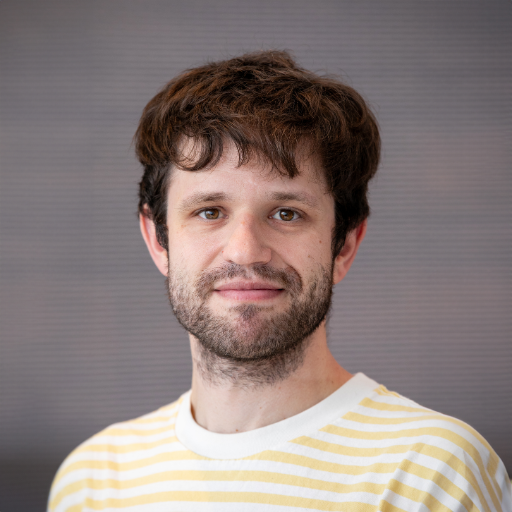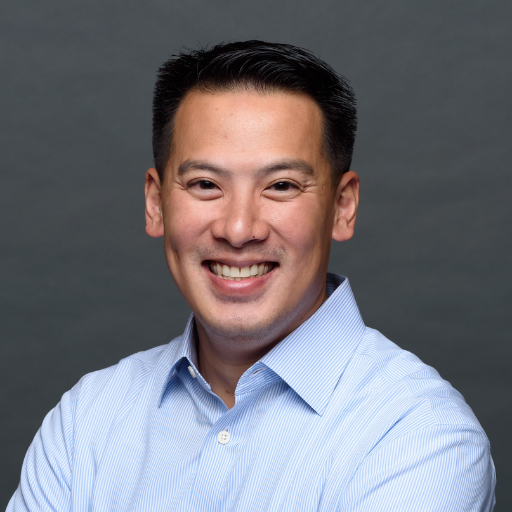Imaging the Rescue of Memory in Alzheimer’s Disease Mice

About the Research Project
Program
Award Type
Postdoctoral Fellowship
Award Amount
$200,000
Active Dates
July 01, 2023 - June 30, 2026
Grant ID
A2023006F
Mentor(s)
Nozomi Nishimura, PhD, Cornell University
Goals
Increasing blood flow to restore memory is the main focus of this project, which aims to use blood flow imaging of the brain to understand the origins of memory loss.
Summary
Neutrophils are a type of white blood cell that can block blood flow in the brain by getting stuck in capillaries, the tiniest blood vessels. Ly6G is a protein present in neutrophils, and inhibiting it withantibodies leads to increased blood flow in the brain, possibly by keeping the neutrophils from getting stuck. New studies using lab models of Alzheimer’s disease have linked the restored blood flow to improved performance on tasks that test spatial and memory skills.
Working with a lab model of Alzheimer’s disease, Matthew Isaacson, PhD, and his colleagues will track blood flow in the brain before and after Ly6G antibody treatment. At the same time, they will assess whether the increased blood flow rescues neural activity in their Alzheimer’s model.
The researchers also will study the hippocampus, a key brain structure involved in forming and accessing long-term memories. Using sophisticated real-time imaging, they will track how their awake research subjects perform on a complex virtual reality navigating task before and after Ly6G antibody treatment.
Determining where blood flow improves in the brain and the effects on the hippocampus before and after treatment may offer new ways to both diagnose Alzheimer’s and identify therapeutic targets.
Unique and Innovative
Using the recent discovery that anti-Ly6G administration rescues CBF and cognitive performance in AD mice, we will test the specific impact of CBF on neuronal activity patterns for the first time in an AD mouse model, allowing us to identify neuronal activity biomarkers for memory impairment and recovery. We also push the technological forefront for brain imaging in AD research using three-photon excited fluorescence imaging to view the hippocampus through the intact cortex in awake, head-fixed mice performing virtual navigation tasks.
Foreseeable Benefits
Through this study, we will gain insight into how improving brain blood flow so quickly improves memory function in a mouse model of Alzheimer’s disease, so that we may pursue related treatments for humans. Furthermore, identifying disease-relevant circuits with disrupted neural activity and characterizing their rescued activity patterns may inform new strategies to use activity patterns from these circuits as early biomarkers for the disease and to manipulate these (and related) circuits as potential therapies.
Related Grants
Alzheimer's Disease Research
Mechanisms of Inhibitory Neuron Vulnerability to Alzheimer’s Disease
Active Dates
July 01, 2024 - June 30, 2026

Principal Investigator
Emiliano Zamponi, PhD
Current Organization
Columbia University
Alzheimer's Disease Research
Targeting Brain Cell Miscommunication to Restore Memory in Alzheimer’s Disease
Active Dates
July 01, 2024 - June 30, 2027

Principal Investigator
Amira Latif-Hernandez, PhD
Current Organization
Stanford University
Alzheimer's Disease Research
Progranulin as a Potential Therapeutic Target for Alzheimer's Disease
Active Dates
July 01, 2024 - June 30, 2027

Principal Investigator
Andrew Nguyen, PhD
Current Organization
Saint Louis University



